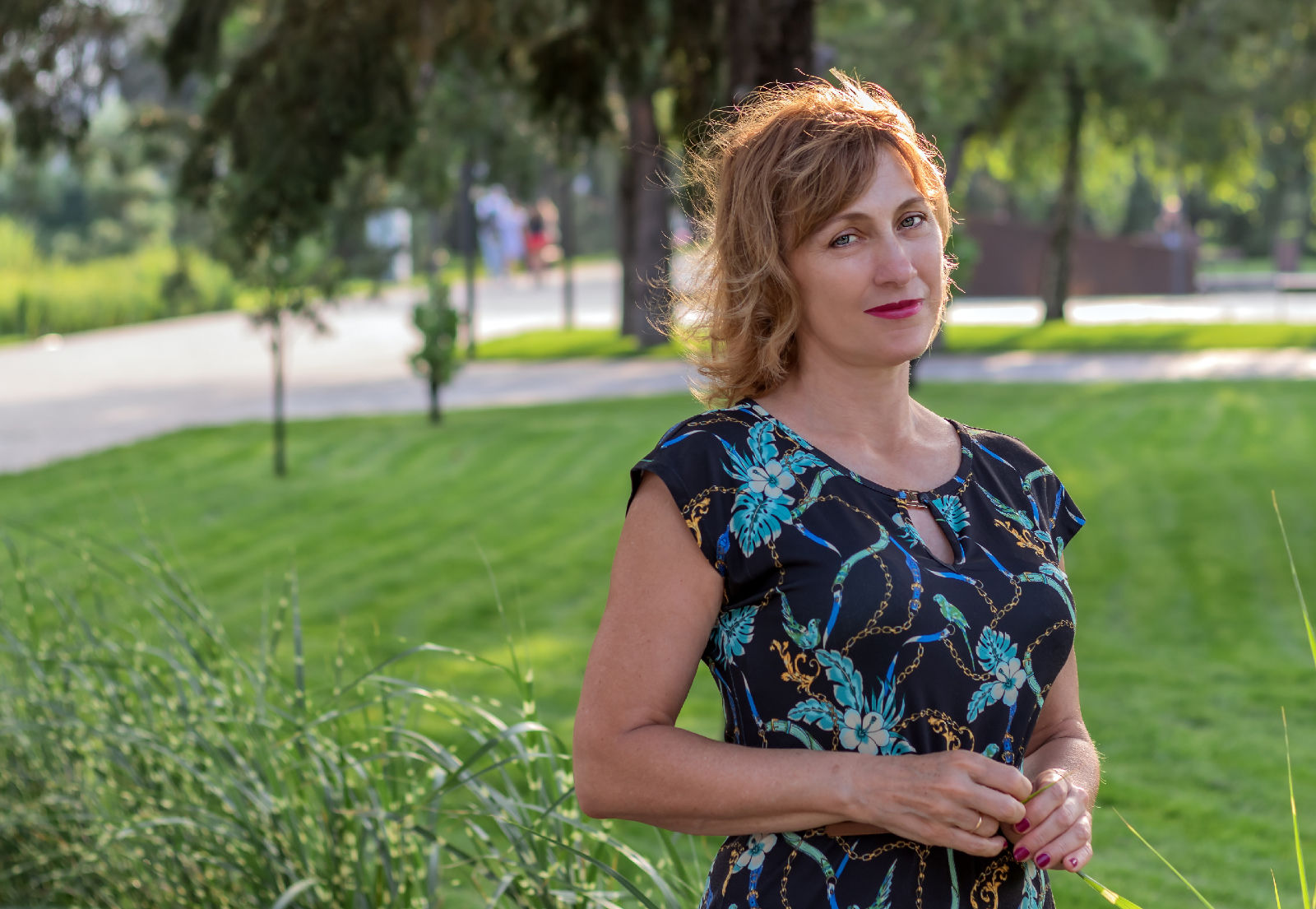Seeds of Change
Welcome to Seeds of Change
Seeds of Change is an initiative that brings together and empowers people impacted by hypoparathyroidism (also known as hypopara) around the world. Inspired by nature, Seeds of Change captures the positive concept of taking action today for a brighter tomorrow.
Whether you are living with, know someone living with, or are caring for someone with hypopara, we hope that by shining a light on this condition and community, you will feel empowered and ready to advocate for improved care and quality of life.


What is hypoparathyroidism?
Hypopara, is a rare endocrine disease, caused by insufficient levels of parathyroid hormone (PTH) in the body. 1
The parathyroid glands lie behind the thyroid gland in the neck. They produce PTH, which plays a major role in regulating the body’s blood levels of calcium and phosphorus by acting directly on bones and kidneys and indirectly on the intestine. 2, 3
If the parathyroid glands are removed, destroyed, or defective, this may lead to insufficient levels of PTH. 2, 4
Most commonly, hypoparathyroidism results following neck surgery constituting approximately 75% of all cases. 2, 5
Hypopara is considered chronic if it persists for more than six months following surgery per the 2016 Endocrine Society Guidelines, 2019 Canadian and International Consensus Statement, and 2022 European Society of Endocrinology. 1, 2, 6
In the European Union, the number of individuals living with hypopara is estimated to be: 3.2/10,000. 7

Hypopara may result from: 2, 5
Neck surgery
Genetic causes
Autoimmune causes
Other secondary or unknown causes


